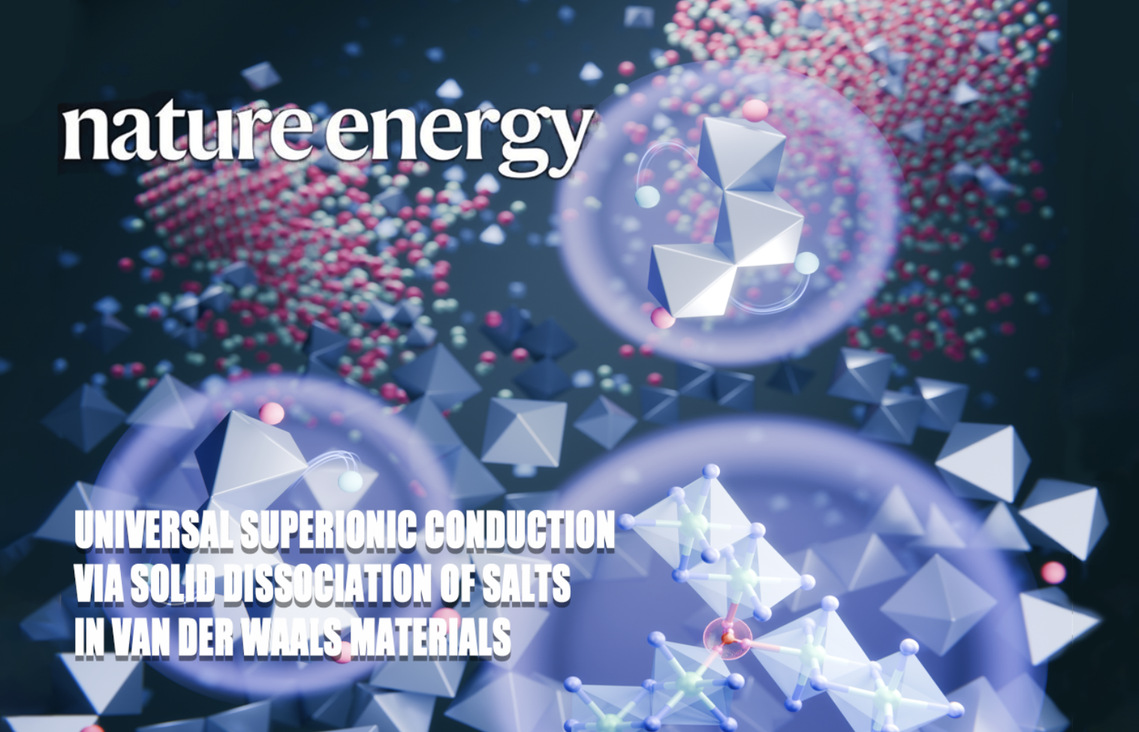
Recently, the research team led by Associate Professor Tong Zhou at Eastern Institute of Technology, Ningbo, has achieved a major breakthrough in the fields of multiferroics and spintronics. For the first time, the team proposed a novel class of multiferroic systems—antiferroelectric altermagnets (AFEAM)—and demonstrated highly efficient electric-field control of magnetic order and spin polarization based on this platform. This work, entitled "Antiferroelectric Altermagnets: Antiferroelectricity Alters Magnets", has been published in the prestigious physics journal Physical Review Letters (PRL). Recognized for its high significance and novelty, the paper was selected as an Editors' Suggestion and featured prominently on the PRL homepage. Additionally, the research was highlighted by Physics, a scientific journal of the American Physical Society (APS), in a report titled "Altermagnets that Turn On and Off".
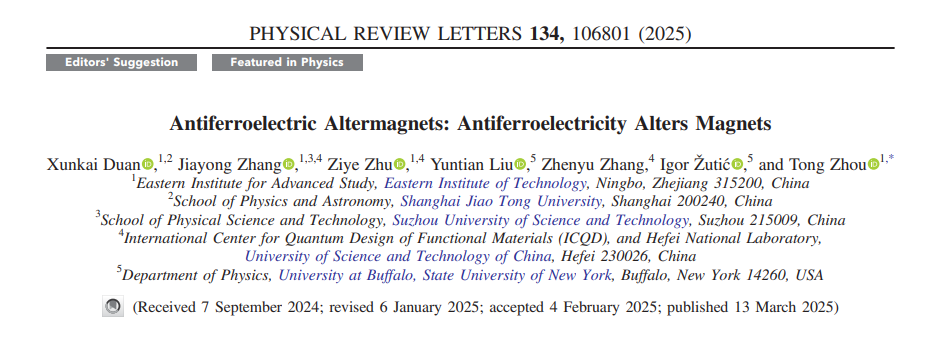
This work not only reveals a novel magnetoelectric coupling mechanism in multiferroic systems but also establishes a new paradigm for electric-field control of magnetism and spin. It holds significant promise for advancing the development of next-generation, ultra-low-power spintronic devices, potentially leading to breakthroughs in information storage and processing technologies.
Significance of Magnetoelectric Coupling and Electric-Field Control of Magnetism
The rapid advancement of information technology creates an ever-increasing demand for high-density, low-power consumption storage and computing solutions. Conventional semiconductor devices, which rely on electron charge, are approaching the physical limits predicted by Moore's law. Spintronics, which utilizes the electron's spin degree of freedom for information processing, offers a promising path to transcend this bottleneck. Compared to traditional spin manipulation methods that require large currents or strong magnetic fields, controlling magnetism and spin via electric fields can significantly reduce energy consumption and substantially increase storage and processing speeds. However, achieving efficient electric-field control of magnetism within a single material system remains a significant challenge in spintronics.
Multiferroic materials, which simultaneously exhibit (anti)ferroelectricity and magnetic order, provide an ideal platform for electric-field control of magnetism. However, ferroelectric states are typically insulating, while ferromagnetic states are usually metallic, making it difficult to integrate these properties robustly into a single material. While combining typically insulating antiferromagnets with ferroelectrics can yield multiferroicity, conventional antiferromagnets lack the net spin polarization inherent to ferromagnets, limiting their practical utility. Therefore, a core challenge in magnetoelectric coupling research has been how to combine the advantages of both ferromagnets and antiferromagnets while achieving electric-field controllability.
The Emergence and Importance of Altermagnets
For a long time, it was widely believed that ferromagnetism and antiferromagnetism were distinctly separated: ferromagnets possess a net macroscopic magnetic moment and exhibit spin-split electronic bands, whereas antiferromagnets have no net moment and their bands show no spin splitting. In recent years, several research groups have theoretically predicted and experimentally discovered a new type of collinear magnetic order—altermagnetism. This magnetic phase, like antiferromagnets, exhibits no net magnetic moment, yet, similar to ferromagnets, it hosts a spin-split electronic structure. Consequently, it combines the advantages of both ferromagnets and antiferromagnets. The discovery of altermagnetism has not only deepened the fundamental understanding of magnetism but has also attracted intense interest from both academia and industry due to its potential device applications. It was recognized as one of Science journal's Top 10 Scientific Breakthroughs of 2024, alongside other notable advances such as the precise rocket maneuvering by chopsticks. However, a systematic and feasible approach for introducing magnetoelectric coupling into altermagnets and achieving electric-field control of their magnetic and spin properties has been lacking. The work by Professor Tong Zhou's team represents a crucial breakthrough on this very front: they successfully integrated antiferroelectricity with altermagnetism, proposing the new concept of antiferroelectric altermagnets (AFEAM), thereby establishing a novel paradigm for electric-field control of magnetism.
Proposal of Antiferroelectric Altermagnets: Initiating a New Paradigm for Electric-Field Control of Magnetism
In this study, based on symmetry analysis, Professor Tong Zhou's team proposed a universal design principle: when the opposite-spin sublattices in an antiferromagnetic order are related by rotational symmetry, the system exhibits altermagnetism and can generate spin polarization; when they are connected directly by translational symmetry or spatial inversion symmetry, the system is a conventional antiferromagnet without spin polarization. The antiferroelectric state often involves rotational symmetry (e.g., a 180° rotation), which can promote an altermagnetic coupling between the sublattices, endowing the system with spin polarization. In contrast, the ferroelectric state typically involves translational symmetry, causing the system to revert to a conventional antiferromagnet without spin polarization. Since the antiferroelectric and ferroelectric states can be switched by an external electric field, this allows for electric-field control over the magnetic type and the presence or absence of spin polarization. Furthermore, reversing the direction of all local polarizations in the antiferroelectric state can flip the spin polarization without altering the underlying magnetic order.
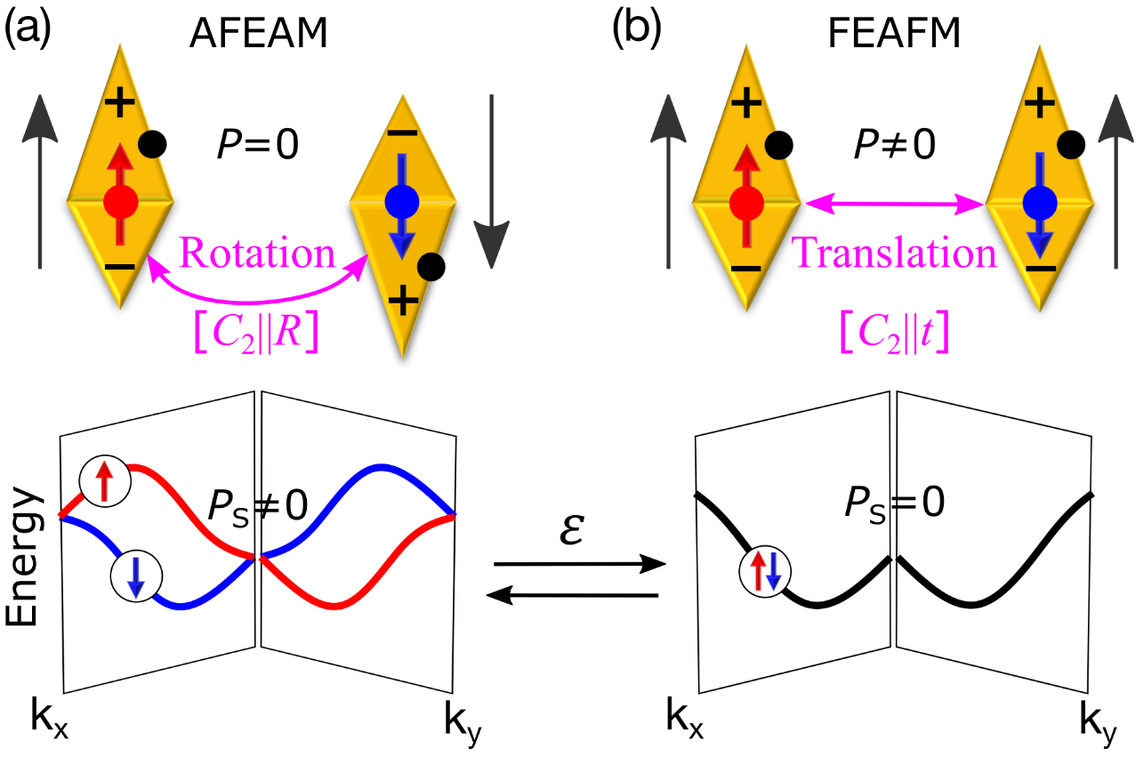
Figure 1. Design principle for antiferroelectric altermagnets and their utilization for electric-field control of magnetism.
Based on this principle, the research team vividly likened this system to an electric spin faucet: when the two handles point in opposite directions (antiferroelectric state), the system's altermagnetism is turned on, outputting a spin-polarized current; when the two handles point in the same direction (ferroelectric state), the altermagnetism is turned off, outputting a current without net spin polarization. Through this intuitive yet profound model, the research team utilized small electric fields (akin to turning the faucet handles) to achieve on/off switching of the spin polarization, providing a new scheme for low-energy, reversible, and fast electric-field control of magnetism.

Figure 2. Schematic of the electric spin faucet: Controlling the spin polarization (off/on) via electric-field switching between parallel (ferroelectric) and antiparallel (antiferroelectric) handle configurations.
Theoretical Model and Material Realization: To elucidate the universality and effectiveness of the proposed design, the research team constructed a general tight-binding model. In the antiferroelectric environment, the hopping integrals between the two spin sublattices become inequivalent, leading to altermagnetic-like spin-split bands. When an electric field drives the system into the ferroelectric state, the hopping integrals for the two spin sublattices become equivalent, causing the system to revert to a conventional antiferromagnet. This model clearly describes the physical mechanism behind the electric-field control of altermagnetism and spin polarization, providing an important tool for subsequent simulations of transport properties and the development of related devices.

Figure 3. Model description of an antiferroelectric altermagnet and its manipulation.
Material Realization: Regarding how to realize antiferroelectric altermagnets in real materials, the research team conducted a systematic exploration from three-dimensional (3D) to two-dimensional (2D) systems, and from transition metal oxides to van der Waals (vdW) materials. Using first-principles calculations, they identified a series of highly promising candidate materials, many of which have already been synthesized experimentally. For instance: In 3D systems, numerous transition metal oxides in their antiferroelectric-antiferromagnetic states, such as BiCrO₃, BiCoO₃, BiFeO₃, and SrCrO₃. In 2D systems, members of the van der Waals thiophosphate/selenophosphate family (e.g., CuMP₂X₆ where M=W, Mo, etc., and X=S, Se) were found to maintain their antiferroelectric altermagnetic characteristics from the monolayer to bulk forms. These diverse material systems provide a solid foundation for subsequent experimental verification and device fabrication.
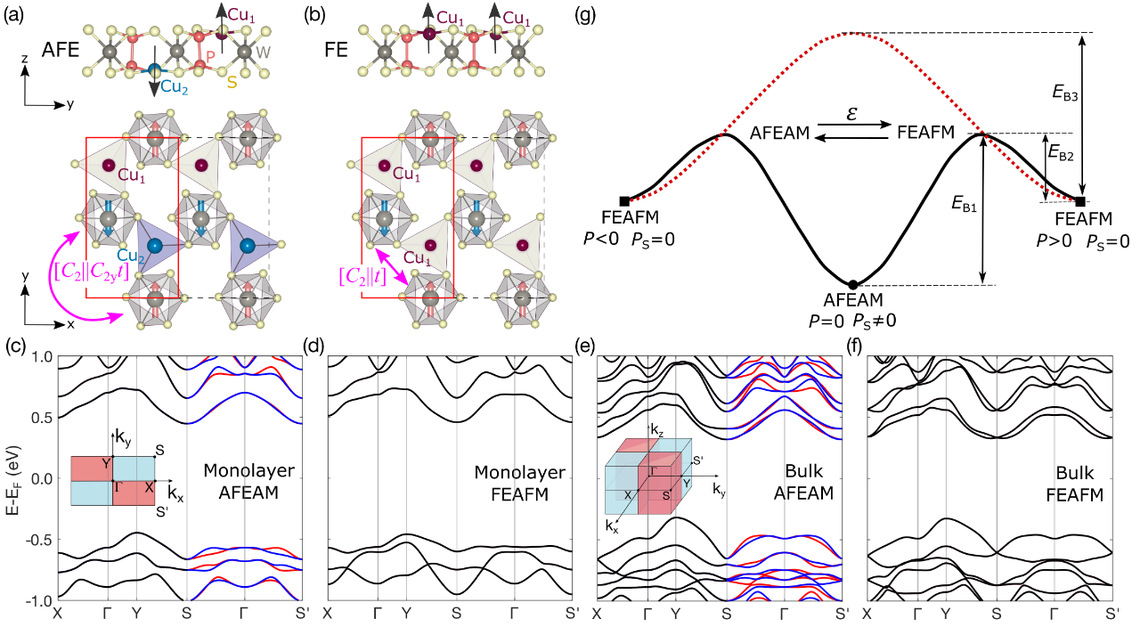
Figure 4. Realization of antiferroelectric altermagnets in 2D van der Waals material systems.
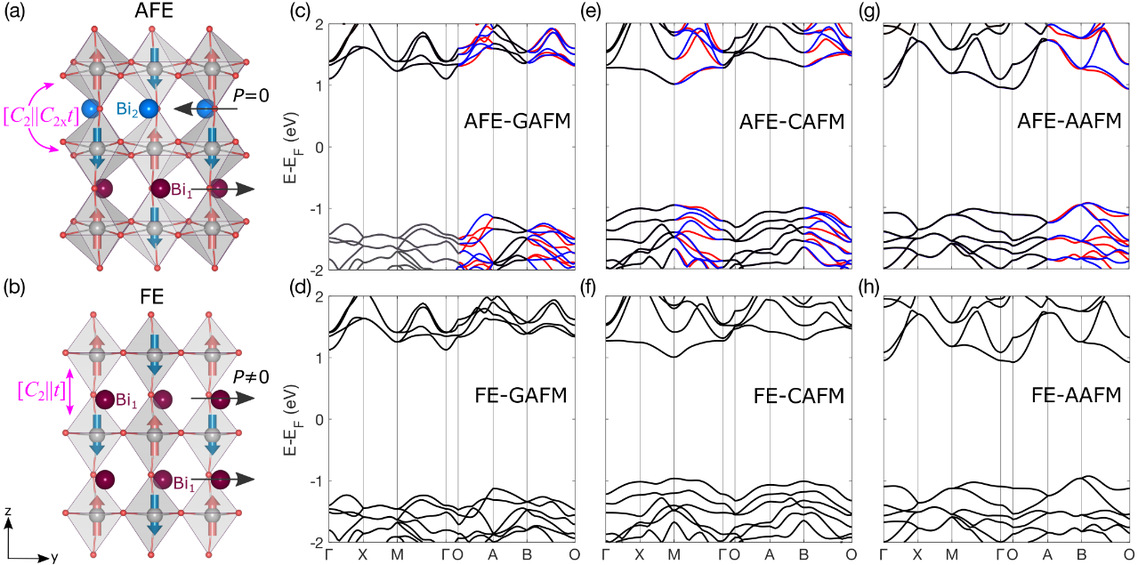
Figure 5. Realization of antiferroelectric altermagnets in 3D transition metal oxides.
This research result was first posted on arXiv as a preprint in early October 2024 (initially submitted to PRL in early September) and quickly garnered widespread attention from both theoretical and experimental communities. Several research teams have already initiated related experimental studies. Next week, Associate Professor Tong Zhou will present the details of this research progress in an invited talk at the global Physics Summit organized by the American Physical Society.
The first author of the paper is Xunkai Duan, a Ph.D. student from Professor Tong Zhou's group (co-trained with Shanghai Jiao Tong University). Postdoctoral researcher Jiayong Zhang (co-trained with the University of Science and Technology of China) is the co-first author. Associate Professor Tong Zhou is the corresponding author. Other collaborators include postdoctoral researcher Ziye Zhu from Professor Tong Zhou's group, Professor Zhenyu Zhang from the University of Science and Technology of China, Professor Igor Žutić and postdoctoral researcher Yuntian Liu from the University at Buffalo, State University of New York. Eastern Institute of Technology, Ningbo is the first affiliation. This work was supported by grants from the National Natural Science Foundation of China, the Natural Science Foundation of Zhejiang Province, the Ningbo Yongjiang Talent Program, and other funding sources.
Link: https://link.aps.org/doi/10.1103/PhysRevLett.134.106801







